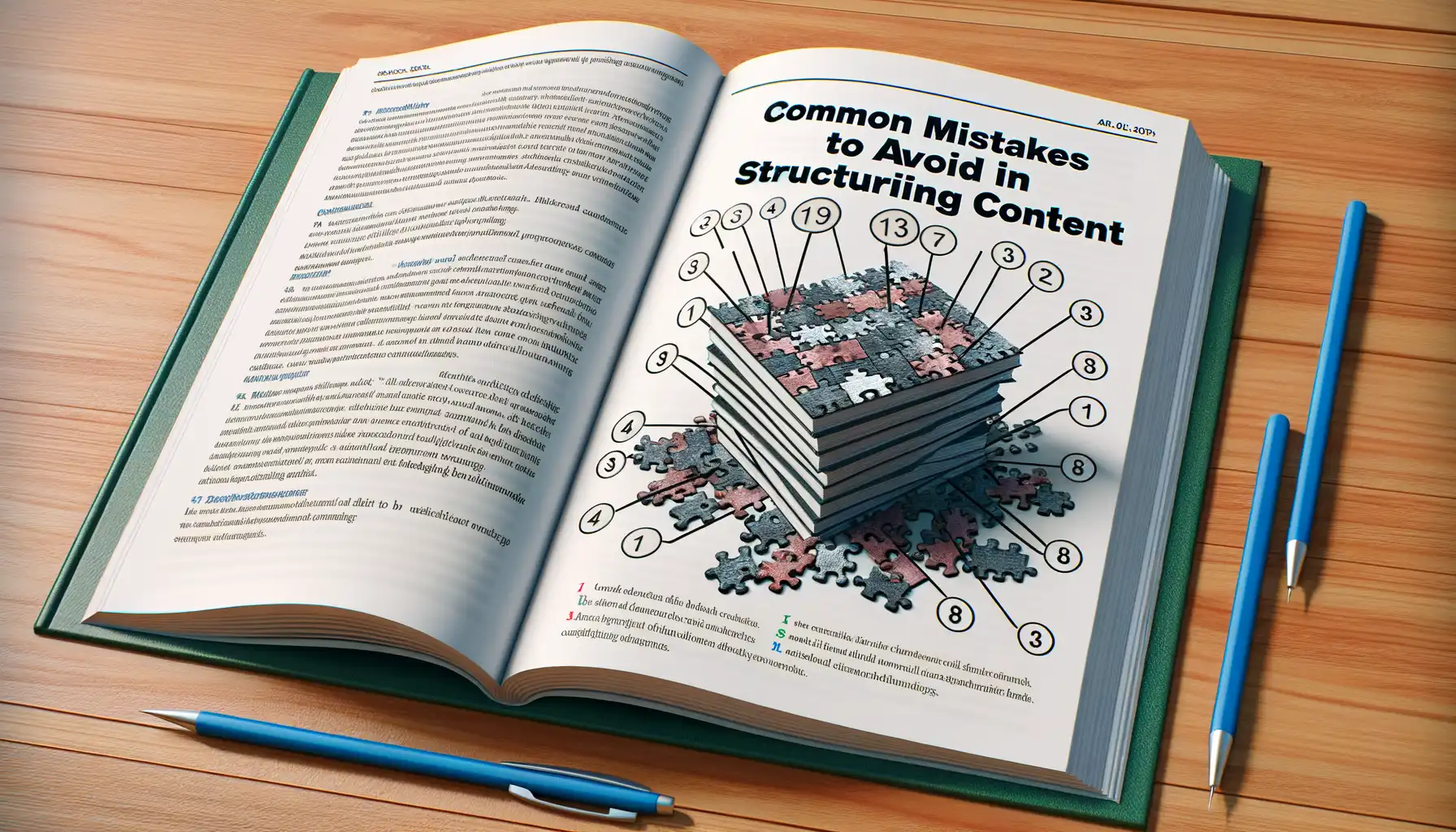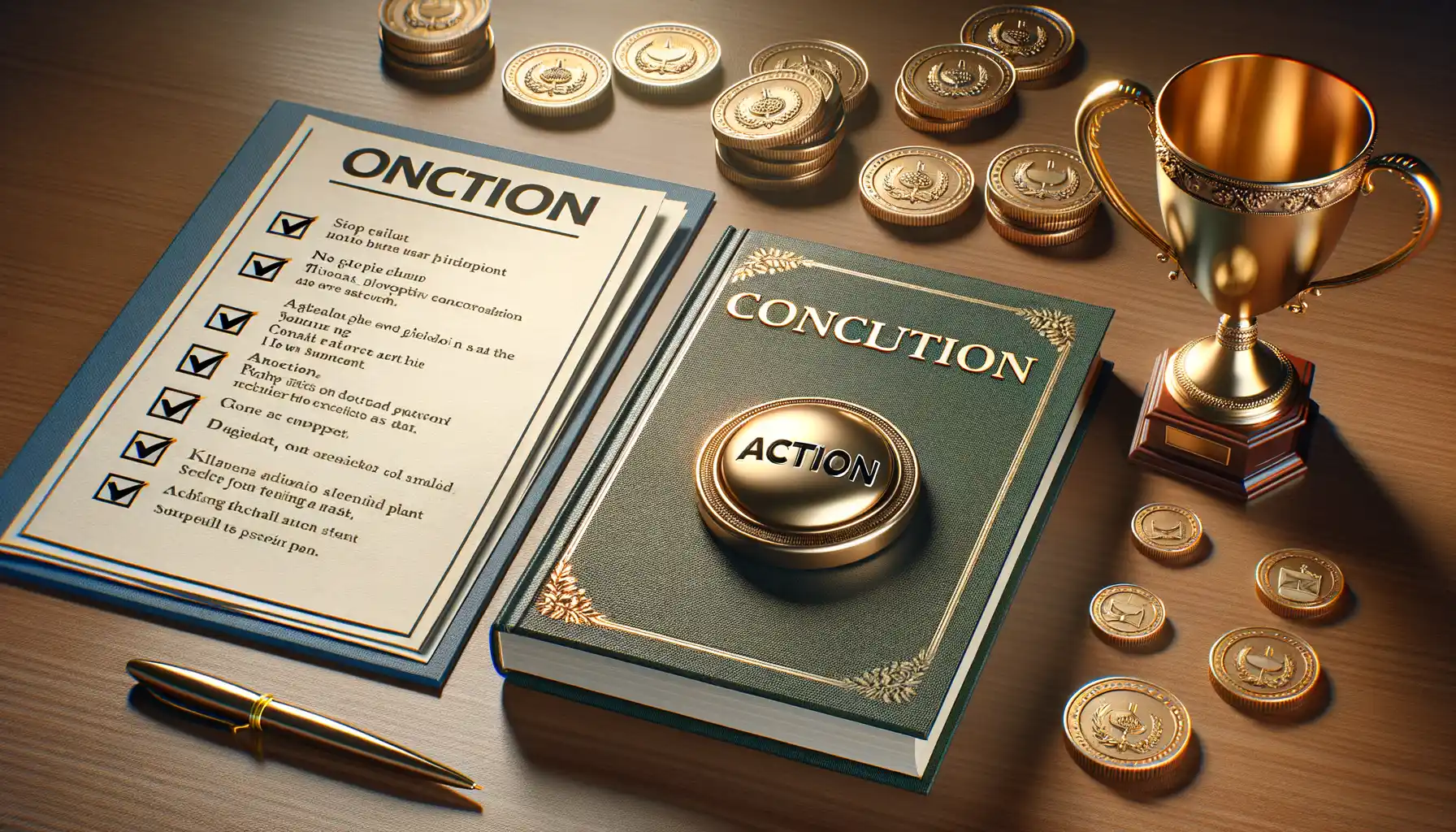Introduction to Writing an Optimized Article Structure
Let’s face it—writing an optimized article structure can feel like trying to assemble a puzzle with no picture on the box. Have you ever stared at a blank page, overwhelmed by the sheer volume of ideas scrambling for attention? You’re not alone! Crafting the perfect framework for your content isn’t just about throwing words onto the page; it’s about building a foundation that holds readers’ eyes and wins search engines’ hearts.
Why Structure Shapes Everything
Imagine walking into a cluttered store where aisles have no labels. Frustrating, right? That’s what reading a poorly structured article feels like. A well-organized piece acts like a guide—gently leading readers from curiosity to answers without making them hunt around. Google loves this clarity, too! It craves articles with hierarchy, flow, and relevance. Think of your article as an elegant conversation: smooth, purposeful, and irresistibly engaging.
The Backbone of a Reader-Friendly Article
Here’s a secret: every great article has unseen pillars propping it up. Want the blueprint? These are your must-haves:
- Killer headlines: Grab attention faster than a fireworks display!
- Logical flow: Build from “tell me more” to “wow, I get it!”
- SEO-savvy sections: Give search engines tasty breadcrumbs like keywords, subheadings, and internal links.
With these elements in mind, your article becomes more than words—it’s your one-way ticket to reader satisfaction and higher rankings. So, let’s break some bad habits and infuse your content with intentional brilliance!
Key Components of Effective SEO-Friendly Articles

Captivating Titles and Irresistible Introductions
Imagine you’re walking through a bustling market. What grabs your attention first? Bright signs, creative displays, or something unexpected, right? Your article’s title and introduction have the same job. They need to sparkle, intrigue, and make readers want more. A compelling headline packed with keywords pulls search engines in while speaking directly to human curiosity. Think of an irresistible intro as the hook—paint a picture, spark an emotion, or drop a staggering fact. Remember, if your readers bounce off in the first few lines, they may never return!
Content That Answers and Inspires
Search engines don’t just want keywords scattered randomly—they crave relevance and depth, just like your readers. To shine, your content must address burning questions while offering rich value. Structure your paragraphs to flow seamlessly, with headers guiding the journey like signposts on a trail. Want to stand out? Use techniques like bulleted lists for ease:
- Answer FAQs: What does your audience Google at 2 AM? Solve their puzzles.
- Use examples: Think concrete, not vague—“SEO tools like Ahrefs and SEMrush” beats “just analyze keywords.”
Every word should engage and educate; never settle for generic fluff. Invoke their trust, and watch them binge-read your pieces like their favorite Netflix series!
Step-by-Step Guide to Building a Comprehensive Outline

Where Creativity Meets Organization
Crafting a truly solid outline is like building the foundation of a dream home—you need both vision and precision. Start by letting your creativity run wild: brainstorm, scribble notes, and explore possibilities. Then, bring in structure to channel that energy into something cohesive. Think of your outline as a roadmap for both you *and* your readers. It should guide them seamlessly from point A to point Z without leaving them lost or confused.
Here’s a quick way to start: jot down your main topic and ask yourself, “What do I *really* want my audience to walk away with?” Whether it’s actionable insights or a warm feeling of inspiration, this clarity will save you endless frustration later.
A Simple Formula That Works Every Time
Ready for some step-by-step magic? Build your outline with these essential elements in mind:
- Main Sections: Define the big ideas or themes your article will cover. These are the anchors that hold your content together.
- Key Points: Under each section, jot down 2-4 supporting points, examples, or anecdotes. This keeps your message concise yet impactful.
- Transitions: Map out how your sections connect. A great outline isn’t just about “what,” but also “how” ideas flow effortlessly.
Remember, this isn’t set in stone. Your outline can (and should) evolve as brilliant ideas strike.
Common Mistakes to Avoid in Structuring Content

Why Your Content Might Be Missing the Mark
We’ve all been there—sitting in front of a blank screen, determined to craft the *perfect* article, only to realize later that something just doesn’t click. The culprit? Poor content structure. Even the most brilliant ideas can flop if they’re tangled up in a messy presentation. Let’s talk about what NOT to do.
Randomly dumping ideas onto the page is like trying to host a dinner party with no seating arrangement—chaotic and unappealing. Without a clear flow, readers will feel overwhelmed or, worst of all, hit the back button. Ever felt lost in an article? That’s your sign.
Here’s another trap: ignoring headings and subheadings. Scannability is king! Imagine diving into a 1,000-word wall of text without a roadmap. No thanks.
Some rookie mistakes include:
- Squeezing multiple ideas into one paragraph (hello, confusion).
- Forgetting a strong introduction—would you trust a guide who skips the welcome speech?
- Overloading sentences with fluff, diluting your message.
Keep your reader’s attention by treating your structure like a playlist; curate it intentionally so every “track” (or section) feels natural and irresistible!
Conclusion and Actionable Tips for Success

Unleash Your Content’s Full Potential
Let’s call it like it is—writing an SEO-optimized article isn’t just about ticking boxes or chasing algorithms. It’s about creating something that sparks curiosity, answers burning questions, and feels like home to your readers. Imagine your content like a stage; the search engine invites the audience, but YOU are the performer captivating them.
Now, let’s break it down:
- Think human first: Write in a way that resonates. Would you enjoy reading it? If not, neither will anyone else.
- Don’t bury your gems: Place your most compelling points where they naturally shine—early on and scattered like breadcrumbs for readers to savor.
- Love your keywords, but don’t smother them! Sprinkle them smartly, like seasoning, not like you’re trying to dominate the spice aisle.
Your Secret Arsenal For Success
You’re already armed with all the tools: creativity, passion, and a bit of strategy. Forget perfection—focus on progress. Play around. Phrases like “common mistakes” might feel easy, but ask yourself: can you make that phrase pop? Maybe it’s “Easiest Pitfalls You’ll Want to Dodge.” The difference? Your personality shines through.
Ready to take action? Start by reviewing one of your old blogs. Audit it. Did you focus too much on pleasing Google? If so, breathe life back into it. A fresh perspective can transform stale words into a compelling narrative. Think of your content as a conversation—not a lecture.




